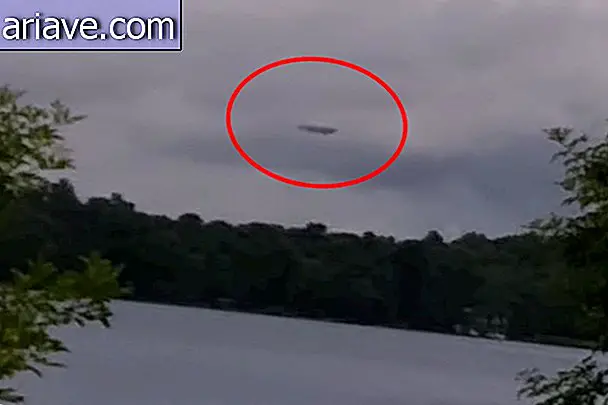Scientists identify “extinction vortex” in the Atlantic Forest
All Brazilians are bald to know that over the centuries, the Atlantic Forest has been the target of immense and intense devastation. It turns out that a recent study has pointed out that it is not just the vegetation that is shrinking in this already vulnerable set of forest formations - which are distributed along the Brazilian coast from Rio Grande do Norte to Rio Grande do Sul - and that the risk of that the Atlantic Forest disappears completely is real.

A survey by a team of scientists found that since the arrival of European settlers here in the 16th century, the original area of the Atlantic Forest has not only been reduced from just over 1.3 million km 2 to just over 143, 000. km 2 . But the thing doesn't stop there. That's because, in the last 3 decades, it has lost between 71% and 44% of its fauna - and that's very, very bad.
Extinction vortex
Scientists - from the University of Sao Paulo (USP), the Federal University of Santa Catarina (Ufsc), and the University of East Anglia in England - have found that about 500 species of animals have suffered dramatic losses in the last 30 years, with largest reductions were recorded among large carnivores and herbivores, among which researchers highlighted cougars, jaguars and tapirs.

The problem is that these animals play a vital role as seed disseminators and as regulators of populations of particular species. So what the researchers observed is that while some areas of the Atlantic Forest have relatively acceptable vegetation cover, the forest is ... empty - and biodiversity is rapidly disappearing.
According to the team, the reduction of the Atlantic Forest area over the centuries was due to human actions, especially agriculture and logging. Today it is made up of large but not enough forest remnants, and it turns out that animals are limited to these restricted habitats - trapped in what scientists have called the open extinction vortex.

And the frightening thing about all this is that even if we consider the most optimistic scenario - that is, 44% of the animals have disappeared - the absence of fauna has important negative impacts on the already very fragile Atlantic Forest.
***
Do you know the Mega Curioso newsletter? Weekly, we produce exclusive content for lovers of the biggest curiosities and bizarres of this big world! Register your email and do not miss this way to keep in touch!











